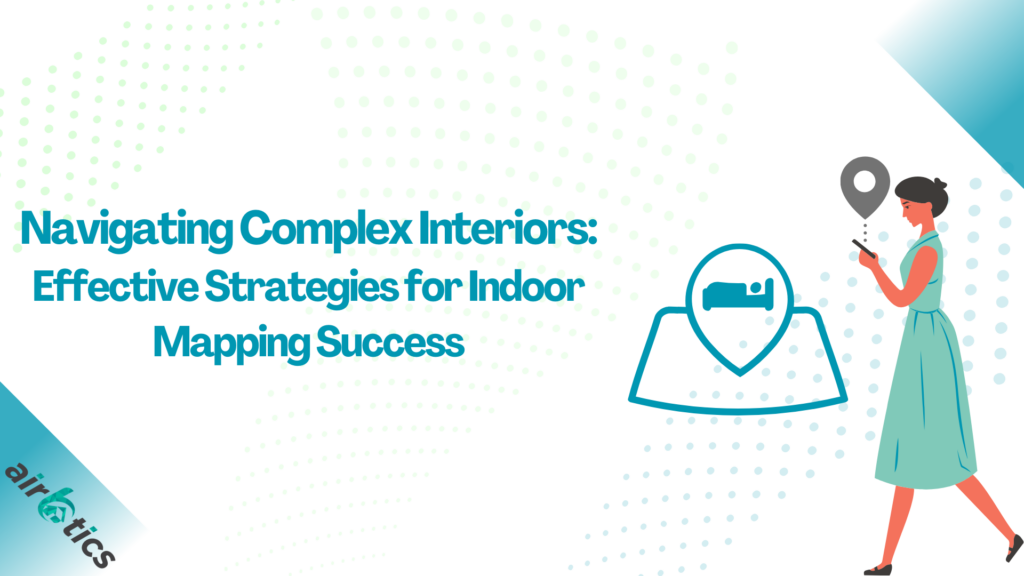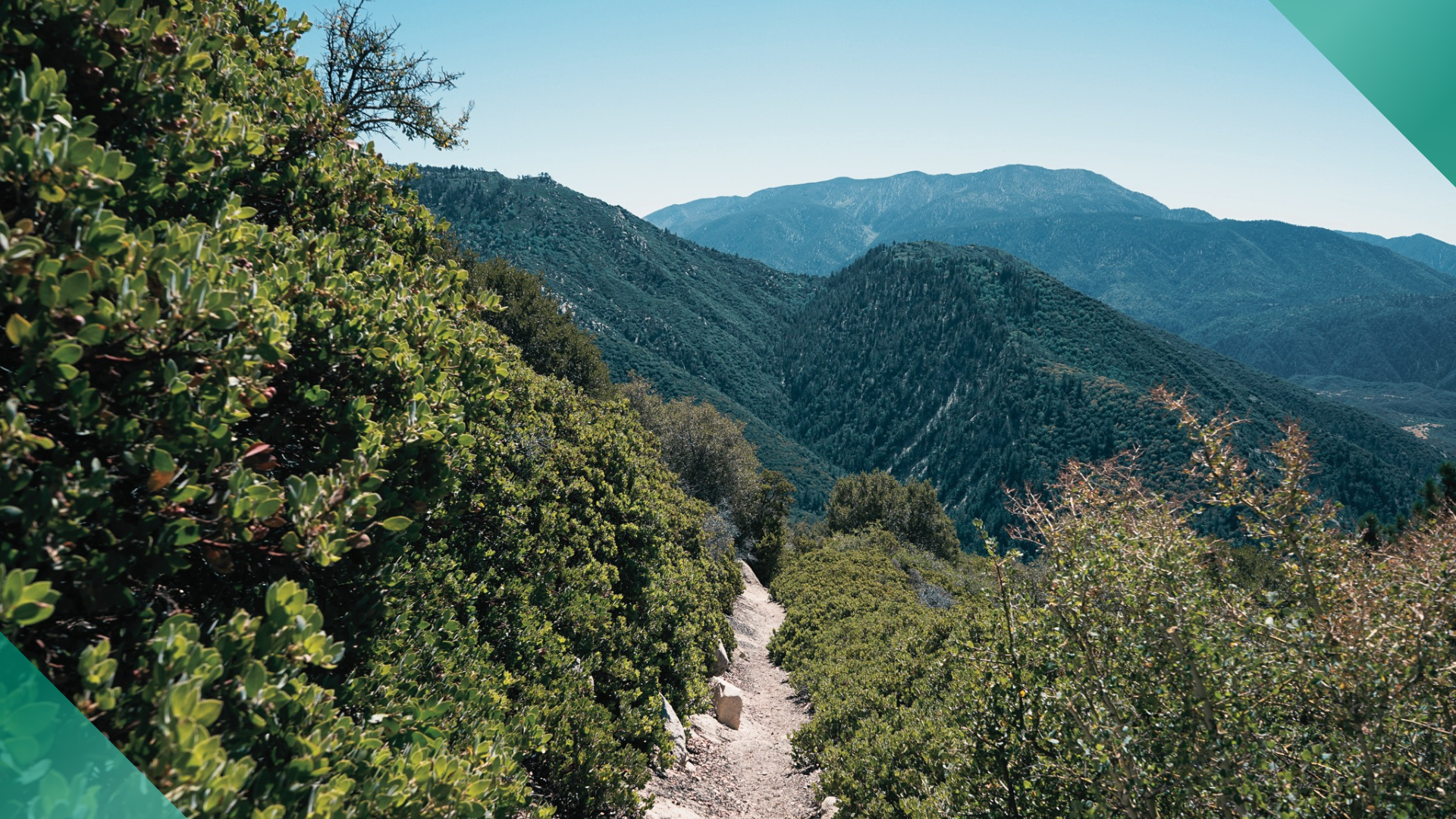Navigating Complex Interiors: Effective Strategies for Indoor Mapping Success: Delve deeper into the fascinating world of indoor navigation maps, exploring their importance and benefits!
Home > Resources > Hosting Tips >

Delve deeper into the fascinating world of indoor navigation maps, exploring their importance and benefits!
- Last updated January 10, 2024
Navigating Complex Interiors: Effective Strategies for Indoor Mapping Success
Modern architecture is unique and attractive in many ways. However, navigating through modern interiors can be tricky at times.
Enter indoor navigation maps for buildings—a revolutionary solution that is transforming the way we move and interact within indoor spaces.
In this blog, we delve deeper into the fascinating world of indoor navigation maps, exploring their importance and benefits. So, let’s get started.
The Process of Creating Maps
Digital maps offer a wealth of valuable information to various businesses, extending beyond mere visual representation. They assist property managers and users in locating specific rooms and facilitate improved communication through features like push notifications.
Here is a step-by-step guide for creating a navigation map for building indoors.
1. Data collection: Collect detailed floor plans and layouts of the building. Choose the technology for mapping the indoor environment. Use the selected technology to gather data about the building’s layout and structure.
2. Map customization: An exceptional mapping team can help you convert an extensive volume of mapping information into 3D entities, allowing users to inspect the map from various perspectives. This helps optimize the mapping process.
3. Applying style and location details: Users have the option to incorporate details regarding entry points to track the movement of traffic within a location, covering both indoor and outdoor entrances. Users can also input information about pathways within the venue that adhere to ADA and AODA accessibility standards, encompassing data about the presence of stairs or escalators.
4. Adding external location data: If your blueprints consist of data regarding neighboring localities, you can also integrate this information onto your map. A reputable mapping software’s wayfinding functionality proves particularly valuable, as it enables visitors to easily locate the closest exterior exits of a building.
5. Adding zone information: Incorporating zone data enables visitors to identify the most optimal path between different areas and expands the range of search options available, thereby enriching the analytical insights available to map owners.
Benefits of creating maps
Creating navigation maps for buildings offers several benefits to building owners, occupants, and visitors.
Here are some key advantages.
1. Improved user experience: Indoor navigation maps make it easier for building occupants and visitors to find their way around without any hassle.
2. Enhanced accessibility: These maps are particularly helpful for individuals with mobility impairments or those who are unfamiliar with the building, ensuring everyone can navigate the space comfortably.
3. Wayfinding for complex structures: In large and complex buildings like airports, shopping malls, etc., navigation maps help simplify the process of finding specific locations.
4. Emergency preparedness: Indoor navigation maps can be helpful during emergencies. They help individuals locate exits and emergency equipment quickly, improving overall safety.

Wrapping Up
Overall, creating indoor navigation maps for buildings contributes to a more efficient, user-friendly, and safer indoor environment, benefiting both building owners and those who use the space.
FAQs
Here are some frequently asked questions regarding navigation maps.
Indoor navigation maps are digital representations of the layout and structure of buildings that help people find their way indoors. They are essential for complex structures like malls, airports, and hospitals to enhance user experience and safety.
Common technologies include Wi-Fi, Bluetooth beacons, RFID, LiDAR, and GPS in combination with sensors and mobile devices.
The accuracy of indoor navigation maps depends on the technology and the quality of data used. Modern technologies can provide high accuracy, often within a few meters.
Short-Term Rental Data
Short-Term Rental Data
-
Quick Links
Annual Airbnb Revenue in Steubenville ohio, USA
Steubenville, Ohio| Airbnb Market Data & Overview | USA Steubenville, Ohio Airbnb Market Data & Overview USA Is it profitable to do Airbnb in Steubenville, …
The Ultimate Guide for Airbnb Investment in Running Springs
Airbnb investment guide running springs There’s a huge chance that if one can’t properly decide whether to live in an area with tropical sunny weather …
Annual Airbnb Revenue In Busan South Korea
Busan| Airbnb Market Data & Overview | South Korea Busan Airbnb Market Data & OverviewSouth Korea Is it profitable to do Airbnb in Busan, South …
Top Property Management Companies Miri, Malaysia
Top Property Management Companies in Miri Top Property Management Companies in Miri Last updated on: 5th July, 2024 This list aims to provide you with …
Mejores Zonas para Invertir en Airbnb en Murcia en 2023
mejores zonas para invertir en Murcia Métricas clave • El bajo coste de vida, el asequible mercado inmobiliario y el crecimiento económico de Murcia han …
Annual Airbnb Revenue in West hartford connecticut, USA
West Hartford, Connecticut| Airbnb Market Data & Overview | USA West Hartford, Connecticut Airbnb Market Data & Overview USA Is it profitable to do Airbnb …





